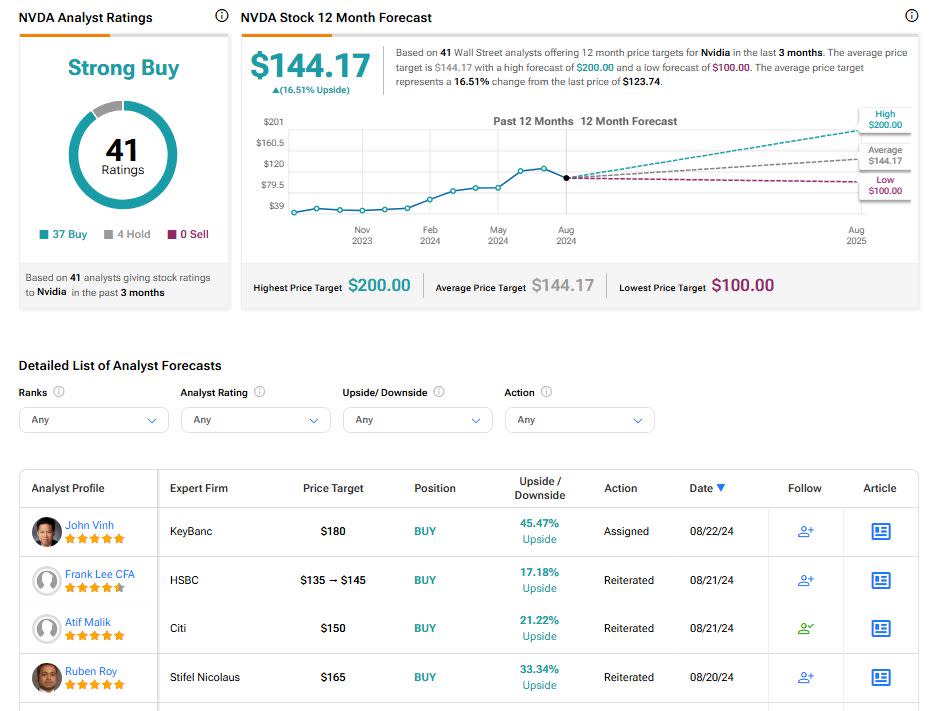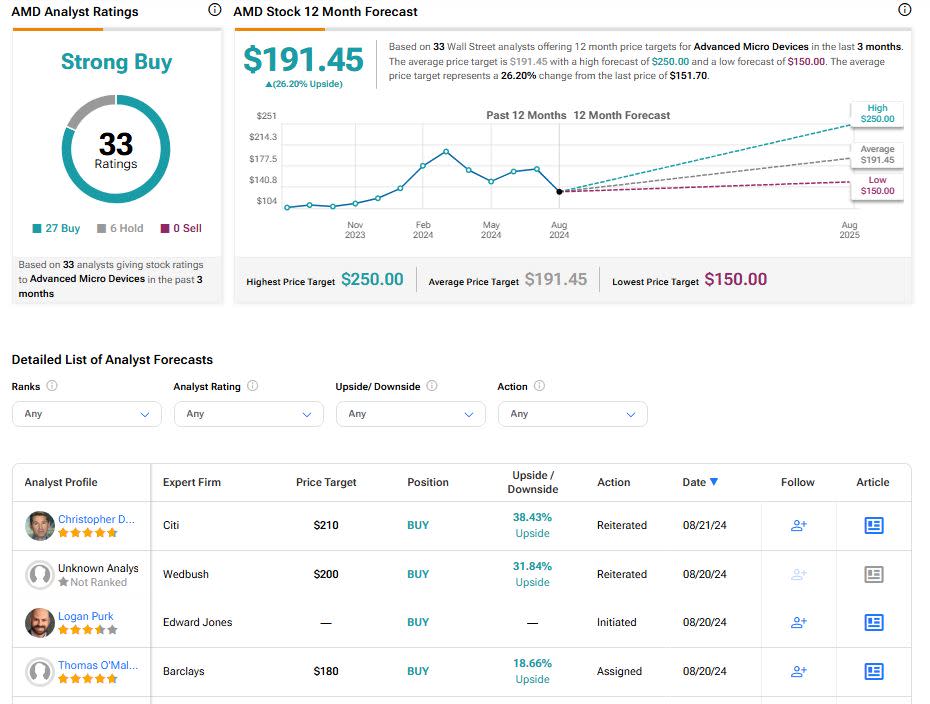Finance
Which semiconductor stock is better?
In this piece I have two semiconductor stocks evaluated: Nvidia (NVDA) and advanced micro devices (AMD). On closer inspection, this suggests a long-term bullish view on Nvidia and a neutral view on AMD.
While both companies make semiconductors, Nvidia focuses on artificial intelligence, gaming, cryptocurrency, electric vehicles, robotics and other applications. AMD is also trying to get into the AI game, but is also targeting servers, gaming, the embedded chip market, healthcare, laptops and desktop computers.
Nvidia shares are up 149% this year and 162% over the past year. In the meantime, AMD shares are up 3% this year and 38% over the past year.
With Nvidia up so much this year and AMD up so little, it may be a little surprising that NVDA’s valuation is a fraction of AMD’s. We compare their price-to-earnings (P/E) ratios to gauge their valuations relative to each other and their industry.
By comparison, the semiconductor industry trades at a price-to-earnings ratio of 63.3x, versus the three-year average of 36.3x.
Nvidia
With a price-to-earnings ratio of 75.2x, Nvidia trades at a premium to its sector, but this is well-deserved due to the tremendous growth the company has experienced. The forward price-to-earnings ratio of 42.5x looks even more attractive and calls for a long-term bullish view on Nvidia.
There’s no doubt that Nvidia is way ahead of AMD in AI, and its current multiples and long-term stock price growth simply make it too cheap to ignore. The company’s shares have been trading in the mid to low end of the normalized price/earnings range of 37x to 107x since November 2019, excluding the peak between March and September 2023.
Nvidia’s five-year stock return of 3,080% and 10-year return of nearly 26,800% also make this stock one to buy and hold for the long term.
One word of warning for investors: Nvidia’s second-quarter earnings report will be released next weekand if it disappoints, it could cause some volatility in the stock. However, it would provide a nice buy-the-dip opportunity to expand a position or establish a new one.
In the last quarter, Nvidia reported explosive year-over-year growth of over 260% in revenue and 628% in net profit, so the bar is set quite high. However, if the stock soars following its second-quarter earnings report, investors may miss the boat on this stock – at least until the next dip.
What is the price target for NVDA shares?
Nvidia has a Strong Buy consensus rating based on 37 Buys, four Holds, and zero Sell ratings assigned in the last three months. For $144.17, the average price target of NVDA implies an upside potential of 16.51%.
View more NVDA analyst ratings
Advanced micro devices
With a price-to-earnings ratio of 189.9x, Advanced Micro Devices trades at a significant premium to its sector and Nvidia, even though it has lagged in AI. While the company is playing catch-up, growing concerns indicate it may be too little, too late. AMD’s forward price-to-earnings ratio of 35.9x is attractive, but there’s no guarantee the company will deliver the results needed to get there. So a neutral view seems appropriate until we see actual results on this front.
First, AMD reported revenue growth of just 9% year over year for the latest quarter, which is minuscule compared to Nvidia’s growth. Net profit exploded by 881%, but remained small at $265 million, despite multi-billion dollar sales.
Although AMD reported record growth in its data center segment and accelerating AI sales, these gains have not yet positively impacted the bottom line. The company launched new AI chips in June, making next quarter’s results crucial. However, I would like to see more concrete results before taking a more positive stance on this stock.
A key concern is the growing discussion about the potential for AI investments to take years to deliver a return on the capital invested. If this story continues to develop, AMD may be late to the party. For example, Goldman Sachs recently reported that tech giants are expected to spend more than $1 trillion on AI investments in the coming years.
While AMD could benefit in the short term if it turns out to be true, experts like Daron Acemoglu of the Massachusetts Institute of Technology (MIT) and Jim Covello of Goldman Sachs are skeptical about whether all those invested dollars will pay off. will shed.
Furthermore, AMD’s focus on data centers could be problematic, as shown in a recent AI Pulse study from Ernst & Young (EY). The survey found that while executives are investing money in AI, they are not investing in the necessary infrastructure to support AI – exactly what AMD currently offers.
While some Goldman Sachs analysts are more optimistic about the potential returns from AI investments, there could still be concerns for AMD stock if it comes too late to benefit from the trend. However, there’s likely room for two major AI players in the semiconductor industry, so AMD isn’t necessarily doomed in the long run. The stock simply seems overpriced at its current valuation.
What is the price target for AMD stock?
Advanced Micro Devices has a Strong Buy consensus rating based on 27 Buys, six Holds, and zero Sell ratings assigned in the last three months. For $191.45, the average AMD stock price target implies an upside potential of 26.20%.
Conclusion: bullish on NVDA, neutral on AMD
Nvidia and Advanced Micro Devices have been head-to-head in semiconductors for years, with one ahead of the other at various times. This time it’s Nvidia’s time to shine, but its valuation isn’t necessarily full at current levels. On the other hand, I’d take a wait-and-see approach with AMD to see how its AI chips perform compared to Nvidia’s.




